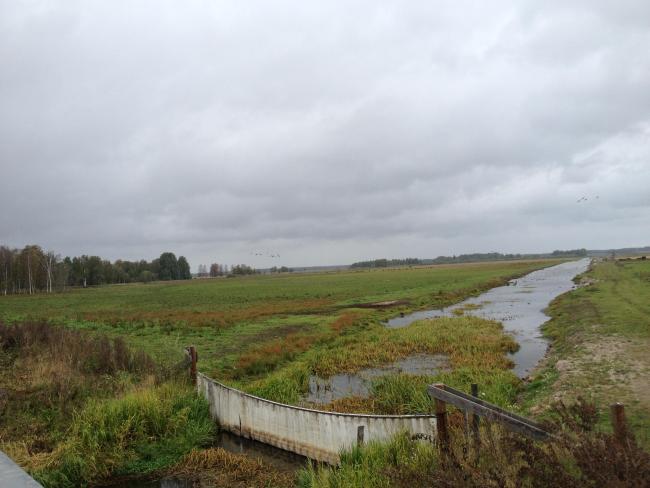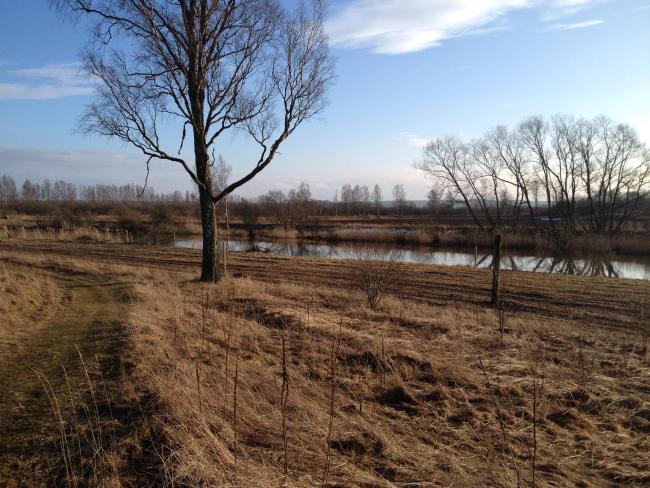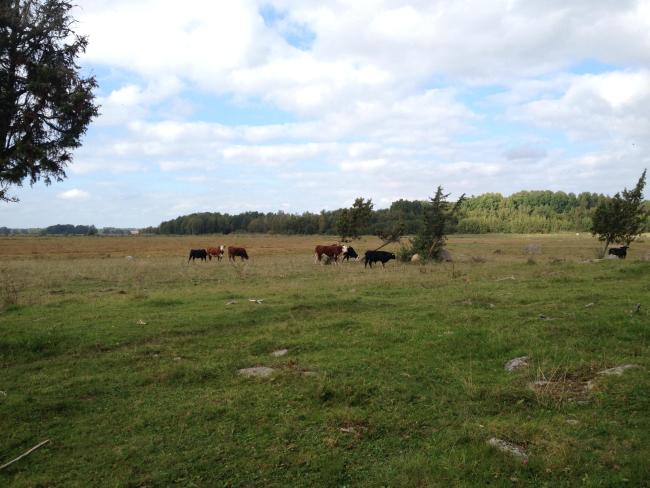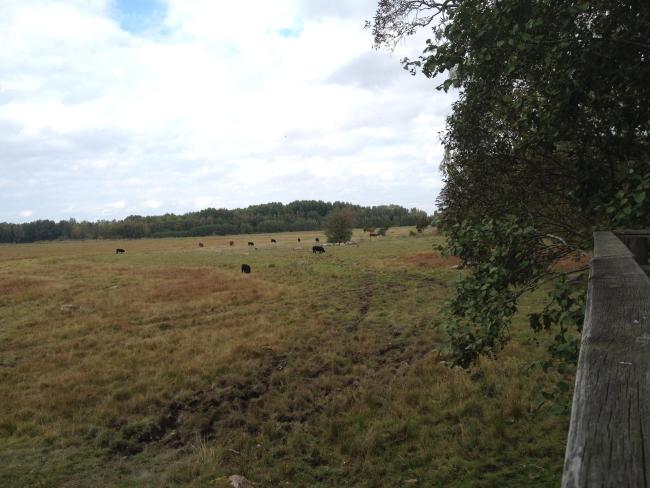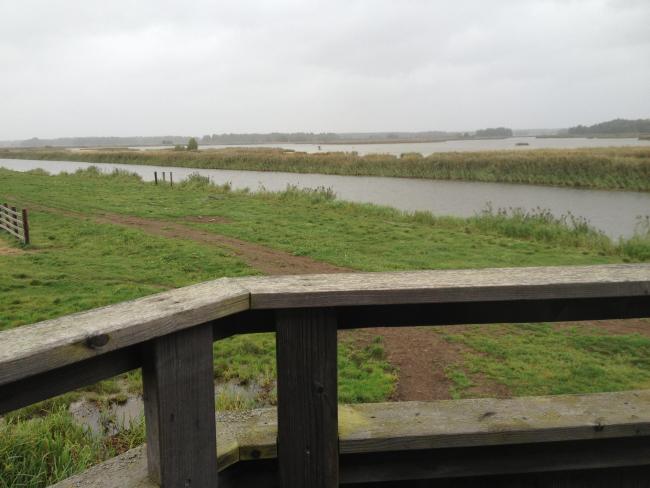Kvismaren
Kvismaren
- Country:
- Sweden
- Site number:
- 24
- Area:
- 837.0 ha
- Designation date:
- 05-12-1974
- Coordinates:
- 59°10'26"N 15°22'58"E
Carousel
CarouselMaterials presented on this website, particularly maps and territorial information, are as-is and as-available based on available data and do not imply the expression of any opinion whatsoever on the part of the Secretariat of the Ramsar Convention concerning the legal status of any country, territory, city or area, or of its authorities, or concerning the delimitation of its frontiers or boundaries.
The Site is composed of two restored freshwater lakes, large wet meadows with grazing cattle, deciduous forests and reeds. The wetland is a representative example of lowland nutrient-rich lakes in the European Boreal region, and includes threatened ecological communities included in Annex I of the EU Habitats Directive, such as hydrophilous tall herb fringe communities and alluvial forests with Alnus glutinosa and Fraxinus excelsior. The partly restored wetland constitutes a refuge and staging area for birds (including the globally threatened lesser white-fronted goose Anser erythropus) and other animals in a region otherwise dominated by agriculture. The Site regularly supports more than 20,000 resting waterbirds, including large numbers of bean goose Anser fabalis and common crane Grus grus. The area also serves as a centre for the dispersal of European otter Lutra lutra in the region and a key hibernating area for the European grass snake Natrix natrix and the European adder Vipera berus. The Site provides a model of wetland wise use through the various restoration measures which have been carried out since the 1970s. Grazing of wetlands and shore meadows is another important part of the conservation work at Kvismaren. The main threats affecting its ecological character relate to pollution from agricultural effluents due to the intensive use of fertilizers and pesticides in the surrounding areas. The ecological character of the Site has improved, due to a restoration project carried out from 2005 to 2015, and improved grazing and water regulations within the reserve. Conservation education is facilitated through the presence of a bird observatory. A management plan is being implemented in the nature reserve.
Administrative region:
Örebro County
National legal designation:
- nature reserve - Kvismaren
- site of national importance for nature conservation - Kvismaren
Regional (international) legal designations:
- EU Natura 2000
Last publication date:
27-03-2017
Ramsar Information Sheet (RIS)
- SE24RIS_1703_en.pdf
- SE24RISformer.pdf
- SE24RISformer_150218.pdf
- SE24_map1503.pdf
Archived RIS
Site map
Additional reports and documents
Other published literature
